Do you want to drop 80% of your project delivery time while keeping the client engaged and satisfied throughout the process? This week, we chat with Vito Peleg of Atarim about how to build the optimum project framework for your website – resulting in websites being built faster, more efficiently, and with better margins.
About Vito Peleg…
Vito is the founder and CEO of Atarim. Building his first website when he was 14-years-old via GeoCities for his skateboarding crew from high school, Vito then started building websites for clients as a freelancer – from the back of a van while touring the world as the leader of a hard rock band.
He subsequently grew his London-based digital agency to a team of 12, before creating a small plugin that would change the way the industry collaborates within websites – WP FeedBack. That plugin evolved into Atarim – the first dedicated web agency management platform. Today, he’s got over 5,000 agencies using it to build their websites and over 130 clients running on top of it.
When he’s not helping the great and the good to wizard up highly functioning websites, Vito relaxes by strumming the guitar and making his daughter giggle (not necessarily in that order).
Points of Interest…
- How Atarim Came to Fruition 1:51
- The Evolution of Atarim as a Project Framework Tool 5:45
- Components for The Perfect Project Framework 9:41
- Project Framework Touchpoints 12:16
- Typical Project Framework Pitfalls/Grenades 15:43
How Atarim Came to Fruition
To give readers/listeners a bit of context; Vito was running his website design development agency and encountered a problem. This issue led him to build a tool that today is the Atarim platform. So, I ask him about the factors driving him to develop the tool, and when did he realize that it was a company in and of itself – that there was a business behind that idea?
“Collaborating with clients was a nightmare through the agency. When you first start as a freelancer – when you have one or two clients – it’s not such a big deal; just go with the flow and when they reach out to you in the middle of the night or weekends on WhatsApp. You just say, ‘all right’. You think ‘maybe that’s part of being in business!’ But, as I was starting to scale, bringing in some team members, that’s when it started becoming really annoying. When you have one or two clients that reach out to you, that’s fine; when you’re at 2,030 clients reaching out to you – it was just a nightmare.”
What did Vito do to mitigate the headache? He chose to view things from the clients’ perspective – literally. Instead of simply trying to fix it from his side, Vito tried to see what made sense for them. He saw the empowerment when they shared their screen via Zoom, before pointing out their issue – for example; this button on this page right here needs changing.
It was at that point, two years ago, that Vito collaborated with his team to build that feature in; a layer where the client could click on any part of the website thus allowing them to just point, click, and say what’s up. When it worked like charm, Vito thought he might be on to something so – prior to taking it to market – he posted a 15-second screencast of the tool’s first version to see what his peers thought.
Within 30 days of said post, Vito had more than a thousand emails from people saying “When you’re ready, I want to try it out.”
The Evolution of Atarim as a Project Framework Tool
Since its inception two years ago, the platform has evolved so much, with Vito and the team adding a ton of features and functionality. Therefore, I ask him to give a little more insight into how the platform runs today…
“Atarim is a platform that has two sides to it. We have the client interface plugin that you install on the client’s WordPress site. This allows them to interact with the website; click a button and choose anything on the page to indicate they want to change. Then, on the backend, we’re collecting all of the information required to execute this task. That is all feeding into the second part of the product, which is the agency dashboard. This is where the agency works; it’s getting all of these requests from multiple websites into one inbox or ‘support desk’.”
Some other ways Atarim operates…
- It collects automatic screenshots from what the clients saw at the time of creating a request.
- Visiting respective websites isn’t necessary as all the necessary information is all right there on the platform, such as browser version, the screen size etc.
- No need to share logins with any of the team members; one click takes you directly to that website directly to the relevant page and scrolls down to where that request is
- The main aim is to automate and systemize the client experience
As for what that means? Let’s take a simple image by way of an example. Generally, you would ask the clients to upload the image to Dropbox. You would then need to go to Dropbox, download it to your machine, then take this image into Photoshop, to minify it, or tiny PNG or something like this. Then, you would need to log into the website just to upload that image in there, etc.
So, what if I told you that Atarim makes that process one click. You click the button, it modifies the image, takes it directly into the relevant media folder. Then, it’s sitting there waiting for use.
Components of the Perfect Project Framework
Keeping with the wonders of screen-sharing, behold Vito’s steps for the perfect project framework… It’s basically a flow chart of how projects should go from one step to the next…
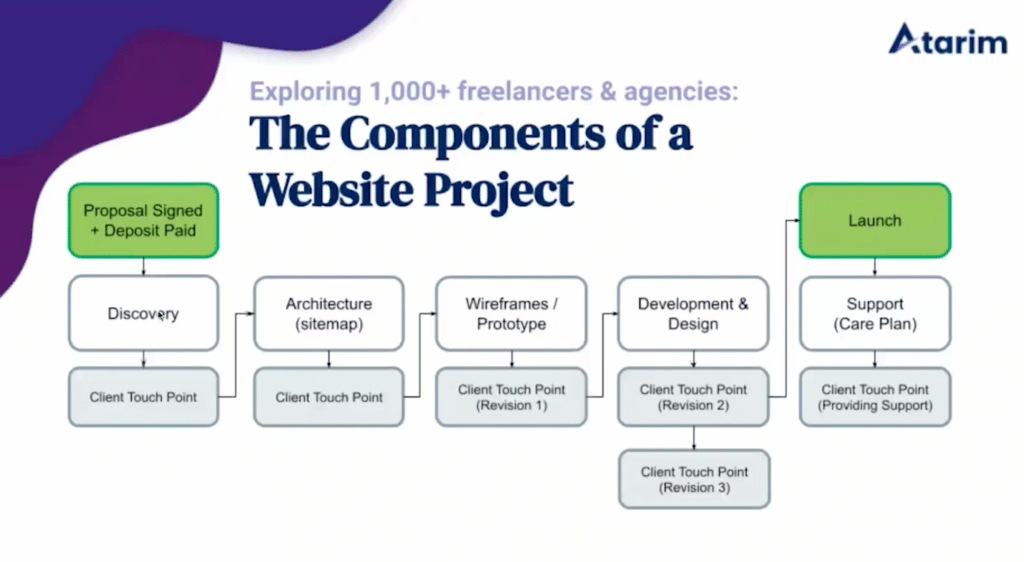
As you can see, the starting point is…
- Proposal Signed/Deposit Paid. Obviously, that’s one of the most important things! Once you get about 30, 50% of the project, that’s when you really start the work.
- Discovery Process. This includes the submission of a form or a conversation with the client. At this stage, we would send the client off to produce and supply the content – therefore, things tend to go haywire… Why? Because, at this juncture, what have you actually done? You know, apart from either getting a form or engaging in a 30-minute conversation, right? Hence why it’s imperative to engage in our third point…
- Architecture Sitemap. You will see this from right after the Discovery, we have the architecture building up at the site map.
- Wire Frame. This stage occurs alongside a product or prototype stage, which subsequently kicks off the…
- Development/Design. This in turn culminates in your final phase of the project…
- Website Launch. Needless to say, the work shouldn’t stop there. If orchestrated correctly, your client should be satisfied to engage in some form of ongoing…
- Maintenance/Support Plan . Ideally, this would be ongoing.
After all, if we’re talking about profitability when building websites for clients, it comes from the backend. From experience, you may not sign a client up to a full-time ‘Maintenance/Support’ plan from the off; it usually comes from a cultivated relationship over time.
Project Framework Touchpoints
As indicated in the above screengrab, there are ‘Client Touch Points’ throughout the project which coincide with each phase. These essentially mark Client Approval points, so each project benchmark requires such a touchpoint. Also, consider it a Revision Step where progress is communicated and everyone is brought up to speed. In short, it’s a clearly defined collaborative process.
One could argue that this level of collaboration is necessarily required for smaller projects, such as a standard 10-page business website. Surely, it’s easier to just barrel ahead yourself without all this back and forth?! The short answer to that is a firm negatory. You see, it’s not about you, it’s about the clients’ learning curve throughout the process.
When you’re adding these stages, the client can observe firsthand not only your super-efficiency but how you’re actively removing friction because we’re taking the client through a natural learning curve to see your thought process behind their project.
***It also mitigates the dreaded ‘Scope Creep’. Vito delves into this more from 14:03***
Side note: our Agency Profit Toolkit is a one stop shop for you to be able to outline some of these crucial profitability numbers to a potential buyer. Spreadsheets, templates and training videos, you name it, it’s all in the toolkit. Grab yours free at the link below:
Typical Project Framework Bottlenecks
Behold Vito’s three standard client pitfalls, or grenades, you will typically encounter throughout your prospective client relationship…
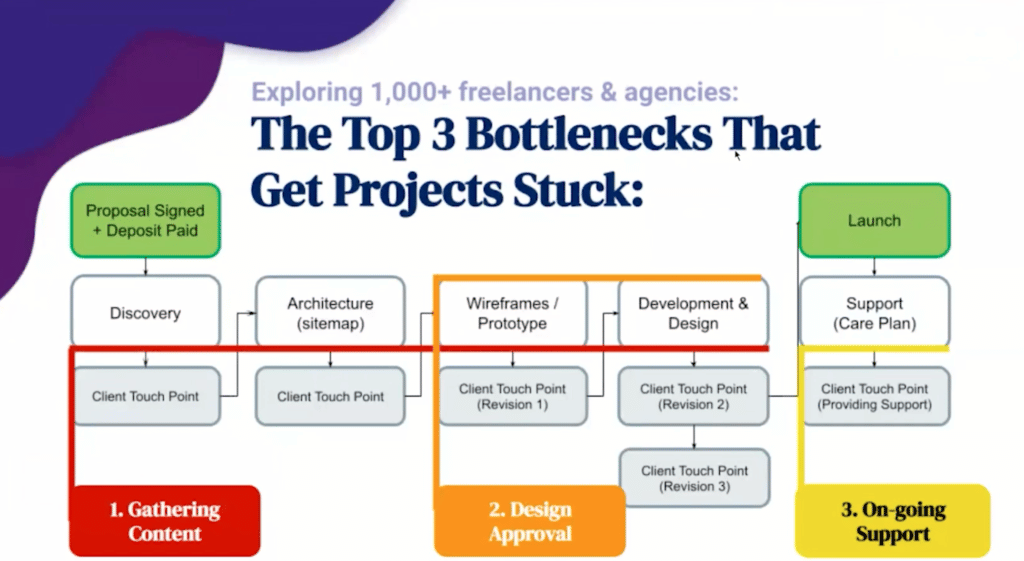
As you can see, they are Gathering Content; Design Approval; and Ongoing Support. After I discuss my (lack of) process behind Website Content Gathering – having not had much hands-on experience in this regard (from 16:16 minutes) – Vito points out how damaging a “Content First Approach” can be for the client/user experience.
In short, best remember that you’re not “building a website”, rather you’re providing a “website building service.” As service providers, you have to take the client along the ride of this journey with you. So, instead of gathering the content from your discovery phase, there is a very specific point where you should start to gather content – that is after you have the Wireframes (seen above under orange).
• Gathering Content: you know what an econ website should contain and how it should look – with a checkout page, an archive of products/services, a confirmation screen post-purchase, etc. However, you need to assume your client doesn’t know this. Hence why Sitemap creation is crucial; not only does mapping out the pages inform your client, it also opens a necessary channel of communication with the client.
It’s at this point you may find out that they don’t have a Privacy Policy, that needs to be sorted. Perhaps they have way more products than you thought, or you’re spending time on a fancy customer review page but your client hasn’t collated any reviews as yet… Additionally, as you’re creating this sitemap within the hour following your Discovery Meeting, they can see you quickly producing their first deliverable, which only serves to cement your relationship, right?! ***More on this from 20:09 minutes***
• Design Approval: With the Sitemap delivered in quick time by you, and approved by your client, the next thing is to dive into the Wireframes. Before you plow ahead with Design, you should create a template of what a website should look like. Vito has been good enough to share a free template download that has been created for all page builders out there so it’s easy to install directly into your agency – just visit Atarim.io/lp/wireframes.
These quick templates allow you to delete the sections you don’t want so, within minutes, you have a full working prototype or wireframe of the website directly inside the browser. This gives the clients an understanding of how it looks, how the website will feel when they’ll eventually land on it – without any design stripped out of the Design. It also provides another opportunity to avoid any miscommunications that later become the dreaded Scope Creep if not discovered early. ***Vito underscores the importance of these revolutionary Wireframe templates when it comes to giving the client visual representation, plus context of what is required, from 25:07***
• Ongoing Support: Given your client experience throughout the project – from the transparency of easily modified and delivered Wireframe Templates, to the fulfillment of regular/timely deadlines (i.e. Vito’s “two days and a weekend” mantra; ***more on that from 28:35***), your client would be crazy to not want to work with you again?! Nailing that initial process and creating an amazing experience for the client as you’re doing your first collaborative process with them is KEY to getting them to stay with you for three, five, 10 years. No pressure 🙂
Key Takeaway…
So, there you have it, folks. Through the power of Atarim, you can take a potentially lengthy six-week-plus project down to two weeks, and the benefits don’t stop there. One recurring issue I see during projects is a gap in client communication. Right? Most agencies will say the project is all about Discovery – then you’re going to go into this dark room for four weeks, and hopefully come out in four weeks with a website, hoping it’s close to what the client wants.
Moreover, in that four weeks, when the client isn’t hearing from you, they start to worry. They start to write this story in their head. However, when you’re showing up every couple of days with a piece of value, they know you’re making progress. The idea is to bridge this gap with deliverables that don’t take a lot of time for us, but add a whole bunch of value to the process itself.
In short, a fragmented system is an inefficient one. Clients can’t see what we see when they look at a website. And, most importantly, delivering websites shouldn’t be a massive headache if you have the right systems in place!
Want to see more from Vito?
- Free Templates via Atarim
- Twitter @VitoPeleg
- Atarim Twitter @atarim_io
- LinkedIn @vito-peleg
- Atarim LinkedIn @atarim-io
Did you learn anything new from this episode? Let us know in the comments below! We have a load of helpful blogs designed to bolster your agency profitability, such as How To Calculate Your Billable Employee Cost-Per-Hour.
Our next installment of #APP, on December 15th, will see us chat with Chris Bantock. Our previous blog with Rob Da Costa is here…
Agency Profitability Tool Kit
If you’re looking for more resources to help you improve your agency’s profitability, check out the Agency Profitability Tool Kit. It’s full of templates and checklists used when consulting clients. This helps them improve profitability by over 100% in under 60 days.

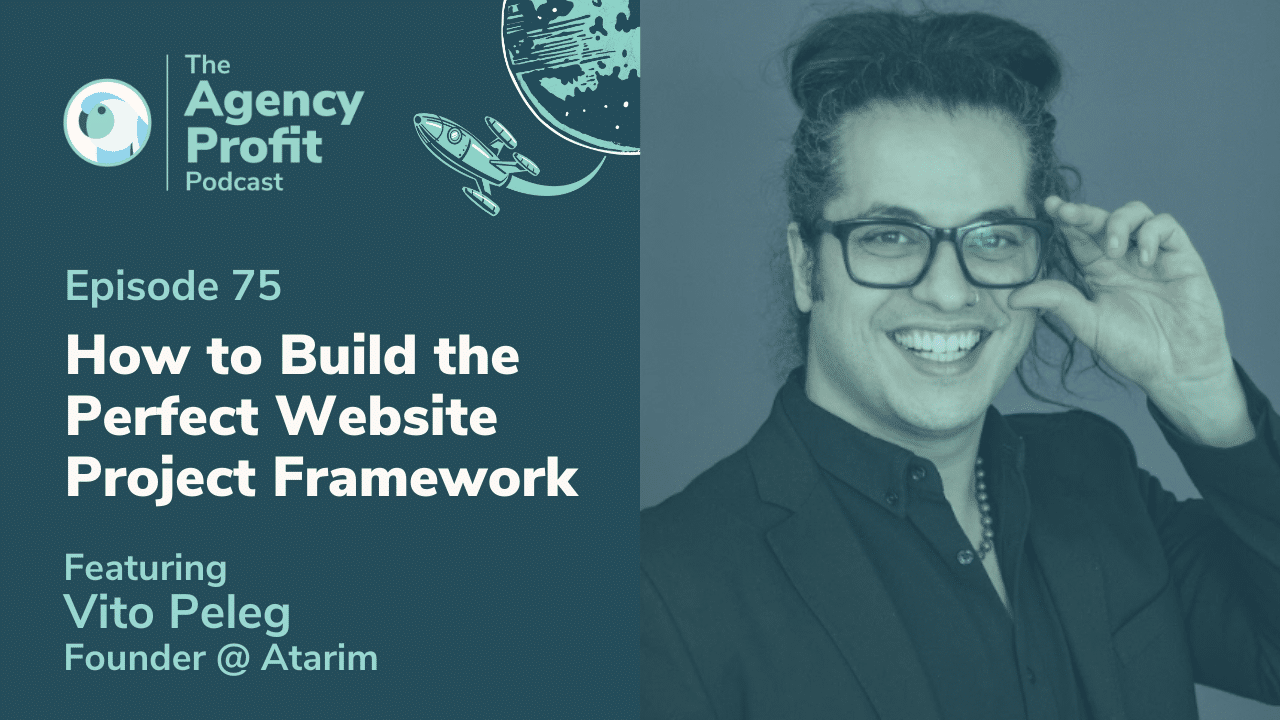


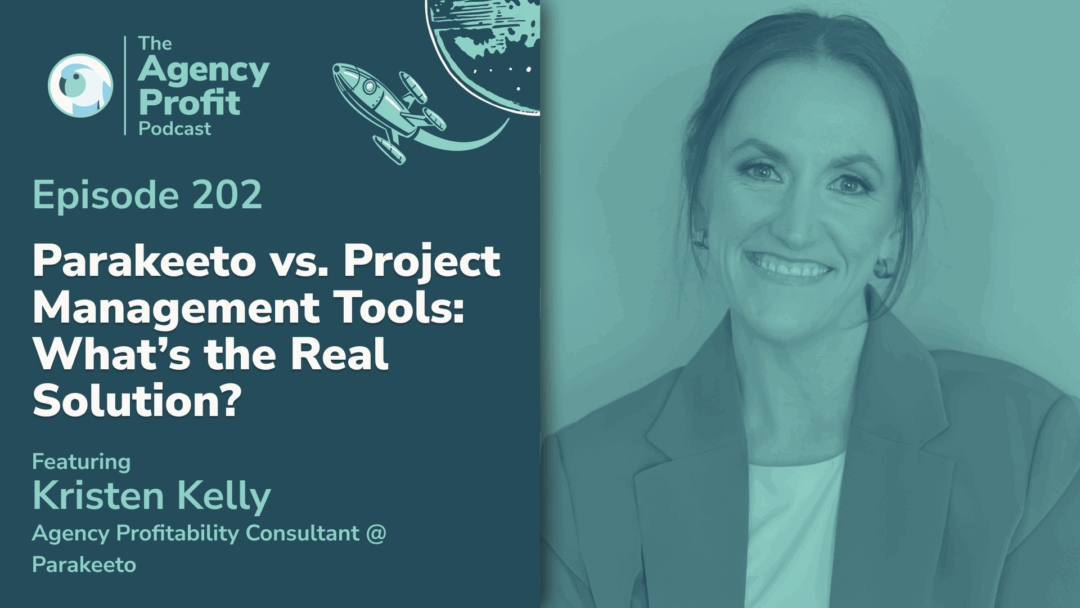
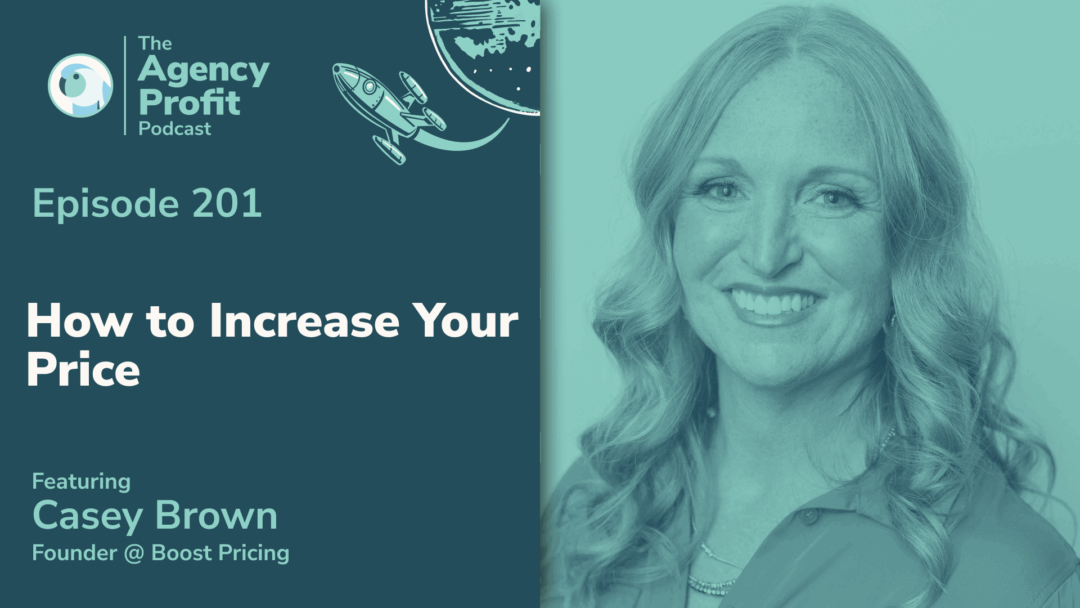
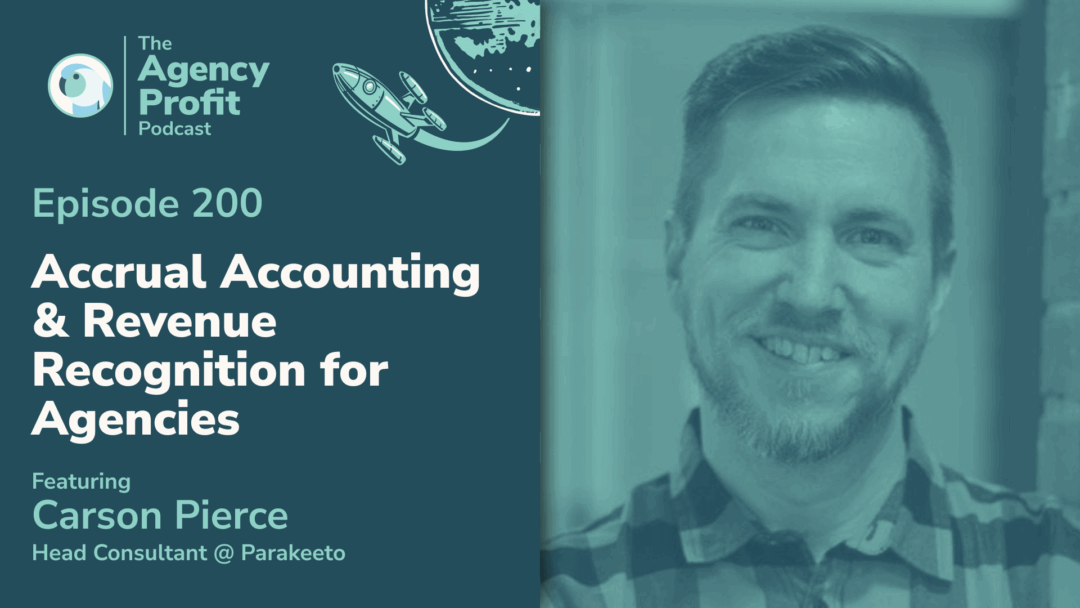

0 Comments